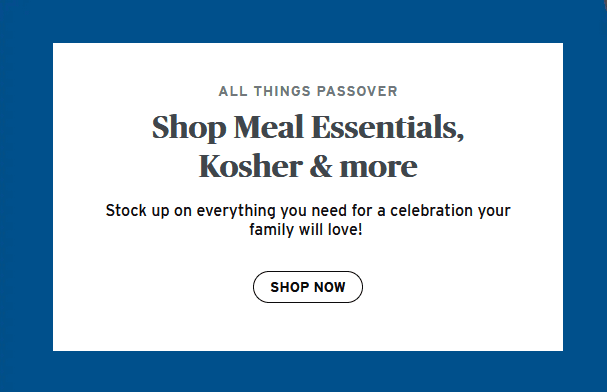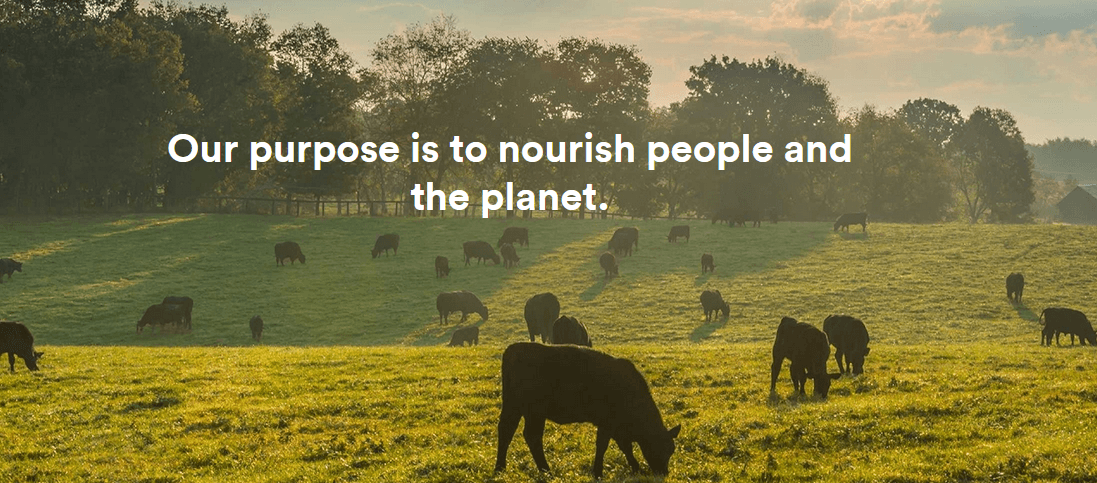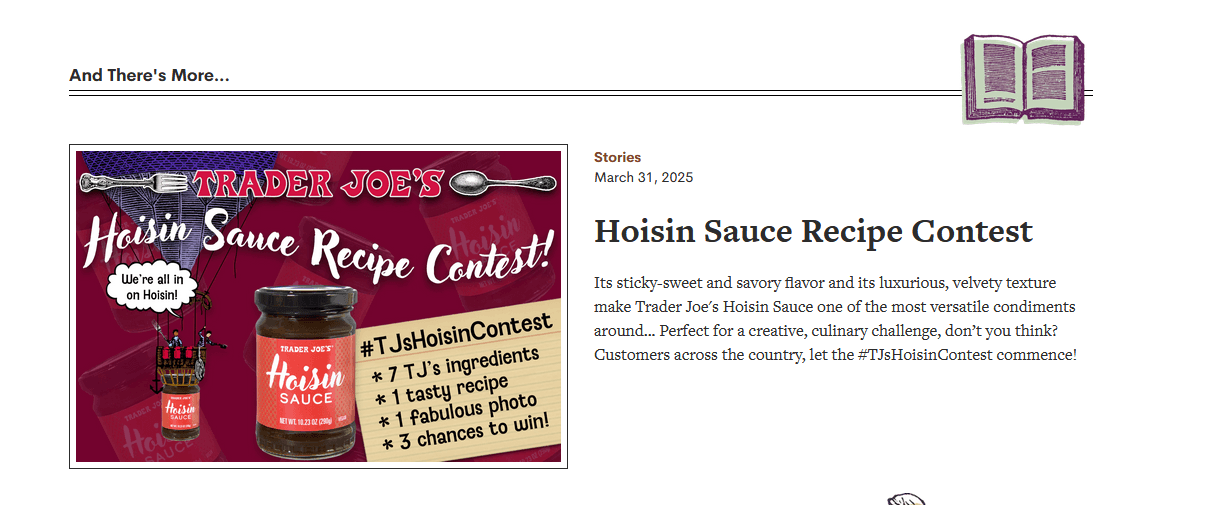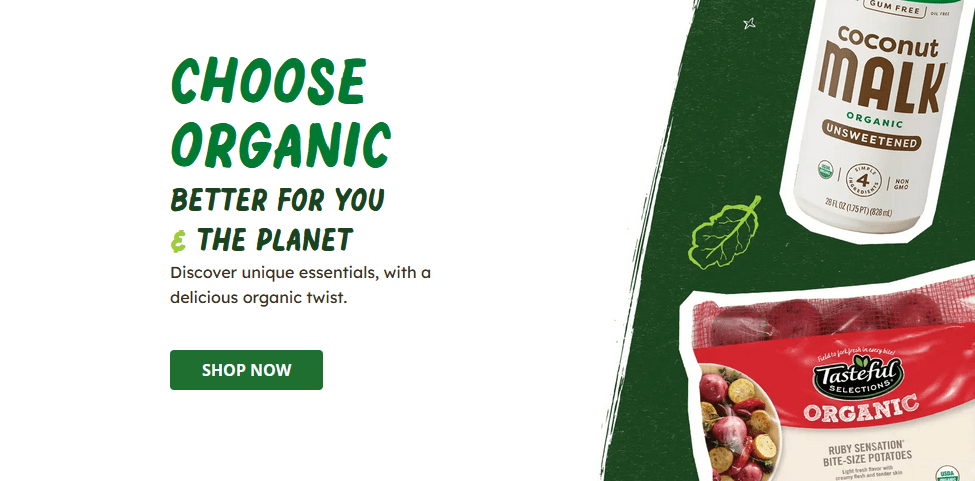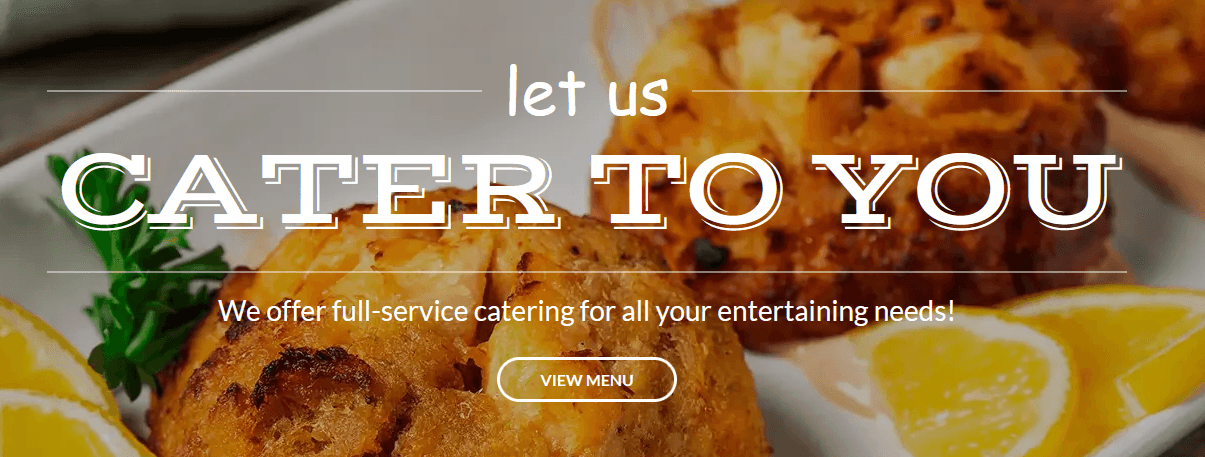The one word that can bolster your brand and guide your content
If you had to summarize your brand using only one word, what would you choose?
Not so easy, right?
But it should be easy for your customers or clients.
Identifying that one core word can solidify your brand’s image by ensuring consistent messaging across all content and marketing.
A core word can guide content strategy and even your brand’s tone, voice, and design choices.
In their classic advertising guide Hey, Whipple, Squeeze This, authors Luke Sullivan and Edward Boches discuss the benefits of distilling a brand down to a single word.
Why should you find a core word?
To illustrate this concept, Sullivan and Boches provide examples of well-known car brands.
Many people describe Jeeps, for example, as “tough.”
Volvos, on the other hand, provide “safety.”
In our increasingly fast-paced attention economy, defining a brand’s value with a single term is all the more important.
As Sullivan and Boches argue, “You’re trying to own some real estate for your brand in a very crowded neighborhood.”
But why is finding a core word so difficult?
After all, most products, services, or organizations offer more than one benefit to prospective audiences.
But Sullivan and Boches argue that any benefits, no matter how diverse, should revolve around that one core word. (Of course, related product features can be elaborated upon in longer copy.)
Testing out the core word principle
I pulled up a list of grocery stores near my town.
As I thought of each store, I wrote down the first word that came to mind without overthinking or peeking at their websites first:
Shoprite
“family” — this is my town’s go-to store for everyday grocery shopping. I go there weekly to get groceries for my whole family. Most parents I know do the same.
I opened the store’s home page and immediately found the word “family” front and center, meaning my first impulse aligns with their marketing vision.
The copy on the home page also emphasizes the word “essentials,” further illustrating my point that they tailor to what families need on a regular basis.
ACME
“classic” — something about ACME feels a bit…vintage? Outdated might be the less generous adjective.
ACME just always feels like a classic grocer with nothing special to distinguish the store.
Even on their website, nothing stands out about ACME Markets. It’s almost as if their branding lies in a decided lack of branding beyond their classic red logo.
Murphy's Marketplace
“neighborhood” — this is a store with only a few locations. People shop there because it is local, convenient, and offers a homey, small-town feel.
The homepage of Murphy’s describes it as “your neighborhood grocery store,” so this impression is also accurate!
ALDI
“budget” — ALDI is known for inexpensive but reliable food products.
Centered on ALDI's homepage is a banner that reads “Everyday low prices,” highlighting its reputation as a budget-friendly store.
Whole Foods
“healthy” — I associate Whole Foods with organic, sustainable food.
Whether organic products are actually healthier may be up for debate, but I think most people tend to think of Whole Foods as an elite specialty store with a health focus.
The website design choices speak to Whole Foods’ reputation for health.
Much of their website evokes nature — the color green, photos of vibrant vegetables, images of cows grazing in pastoral fields, and copy that reads, “Our purpose is to nourish people and the planet.”
Trader Joe's
“creative” — every time I go to Trader Joe’s, I find something unique.
They have many rotating, inventive products and ingredients like spice blends for cooking.
The Trader Joe’s website definitely shows off the store’s creative side.
In fact, I immediately located the word “creative” in the banner at the top of the page. Even the illustrations on the page are unique and quintessentially Trader Joe’s.
Sprouts
I struggled to come up with a single word here. I think of Sprouts as a budget Whole Foods.
Maybe two words might be more appropriate, like “accessible nutrition” or “affordable nourishment.”
The branding on the Sprouts website is quite similar to that of Whole Foods and includes lots of green and images of colorful fruits and veggies.
Buzzwords associated with health food and environmental sustainability abound in the website’s copy - “healthy,” “organic,” and “better for you and the planet.”
Rastelli Market Fresh
“cater” — Rastelli’s main bragging point is their high quality meat department, prepared foods, and catering specialties.
When I open their page, the large banner on the home page implores the reader to “let us cater to you.” Spot on!
Wegman's
“Quality” was the first word to come to mind when I considered Wegman’s.
They have a singular reputation for tasty food, especially in their prepared foods and catering departments. Visiting their website, the first word I saw was “exceptional.”
So what does this mean for copywriting and content marketing?
For one, brainstorming to come up with a single core word to describe a brand could be a great first step in the writing process.
Keeping this word in mind as you write can help ensure that the voice, tone, and brand stay consistent throughout. Any copy or marketing materials can serve the ultimate purpose of strengthening the brand while keeping that core word in focus.
Possible benefits to finding one core word include...
increasing a brand’s trustworthiness through consistent messaging
keeping a brand’s image anchored around a chosen identity
and generating new ideas for content or creative copy that accurately reflect the brand.
The boat metaphor: staying anchored
In my mind, the concept of a single core word evokes a boat metaphor.
The core word is the anchor that keeps the boat (your brand and all of its marketing and communications output) from drifting away from shore and out into treacherous waters where it cannot be reached (by your audience).
The takeaway for copywriting and content marketing
Of course, finding that core word does not mean to literally overuse that word. You don't have to use it in your final copy at all.
Rather, the core word serves as an identity or even a defining voice to guide communications and design.
I plan to incorporate the principle of a core word into future projects, especially during the initial research and interview stage when I work to understand the brand before writing about it.
Have you ever used the concept of a core word? I'd love to hear about your experience! Did it help with your copywriting or content strategy?
Note: Any use of website images or screenshots are for illustrative purposes only and do not imply any endorsement or affiliation with the brands mentioned here.


